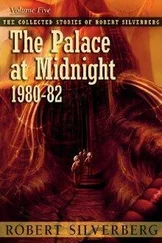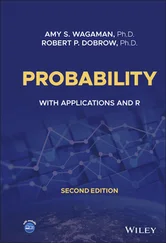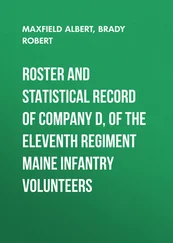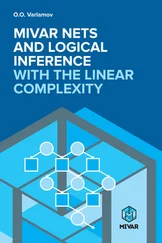Robert Bartoszynski - Probability and Statistical Inference
Здесь есть возможность читать онлайн «Robert Bartoszynski - Probability and Statistical Inference» — ознакомительный отрывок электронной книги совершенно бесплатно, а после прочтения отрывка купить полную версию. В некоторых случаях можно слушать аудио, скачать через торрент в формате fb2 и присутствует краткое содержание. Жанр: unrecognised, на английском языке. Описание произведения, (предисловие) а так же отзывы посетителей доступны на портале библиотеки ЛибКат.
- Название:Probability and Statistical Inference
- Автор:
- Жанр:
- Год:неизвестен
- ISBN:нет данных
- Рейтинг книги:4 / 5. Голосов: 1
-
Избранное:Добавить в избранное
- Отзывы:
-
Ваша оценка:
Probability and Statistical Inference: краткое содержание, описание и аннотация
Предлагаем к чтению аннотацию, описание, краткое содержание или предисловие (зависит от того, что написал сам автор книги «Probability and Statistical Inference»). Если вы не нашли необходимую информацию о книге — напишите в комментариях, мы постараемся отыскать её.
Probability and Statistical Inference, Third Edition
Probability and Statistical Inference
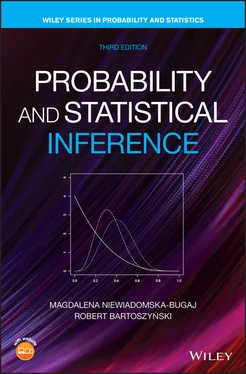
 defined on a field
defined on a field  satisfies the axioms of probability? Specifically, the problem concerns the axiom of countable additivity, which asserts that if events
satisfies the axioms of probability? Specifically, the problem concerns the axiom of countable additivity, which asserts that if events  are disjoint, then
are disjoint, then
 is defined on a field, then there is no guarantee that the left‐hand side of formula ( (2.11)) makes sense, since
is defined on a field, then there is no guarantee that the left‐hand side of formula ( (2.11)) makes sense, since  need not belong to the field of events on which
need not belong to the field of events on which  is defined. The meaning of the assumption of Theorem 2.6.3is that formula ( 2.11) is true whenever the union
is defined. The meaning of the assumption of Theorem 2.6.3is that formula ( 2.11) is true whenever the union  belongs to the field on which
belongs to the field on which  is defined.
is defined. is to represent
is to represent  as a limit of some sequence of events whose probabilities can be computed, and then pass to the limit. Theorem 2.6.3asserts that this procedure will give the same result, regardless of the choice of sequence of events approximating the event
as a limit of some sequence of events whose probabilities can be computed, and then pass to the limit. Theorem 2.6.3asserts that this procedure will give the same result, regardless of the choice of sequence of events approximating the event  .
. . A probability measure
. A probability measure  on
on  can be defined as follows: let
can be defined as follows: let  be a function such that
be a function such that  for all
for all  and
and  . We will assume in addition that
. We will assume in addition that  is continuous and bounded, although those conditions can be greatly relaxed in general theory.
is continuous and bounded, although those conditions can be greatly relaxed in general theory. by putting
by putting
 is referred to as a density of
is referred to as a density of  ). The full justification of this construction lies beyond the scope of this book, but we will give the main points. First, the definition ( 2.12) is applicable for all intervals
). The full justification of this construction lies beyond the scope of this book, but we will give the main points. First, the definition ( 2.12) is applicable for all intervals  of the form
of the form  , and so on. Then we can extend
, and so on. Then we can extend  to finite unions of disjoint intervals by additivity (the class of all such finite unions forms a field). We can easily check that such an extension is unique; that is,
to finite unions of disjoint intervals by additivity (the class of all such finite unions forms a field). We can easily check that such an extension is unique; that is,
 is partitioned into the finite union of nonoverlapping intervals
is partitioned into the finite union of nonoverlapping intervals  . This provides an extension of
. This provides an extension of  to the smallest field of sets containing all intervals. If we show that
to the smallest field of sets containing all intervals. If we show that  defined this way is continuous on the empty set, then we can claim that there exists an extension of
defined this way is continuous on the empty set, then we can claim that there exists an extension of  to the smallest
to the smallest  ‐field of sets containing all intervals.
‐field of sets containing all intervals.

 and
and  . In the first case,
. In the first case,  , where
, where  is a bound for function
is a bound for function  . In the second case,
. In the second case,  .
.

